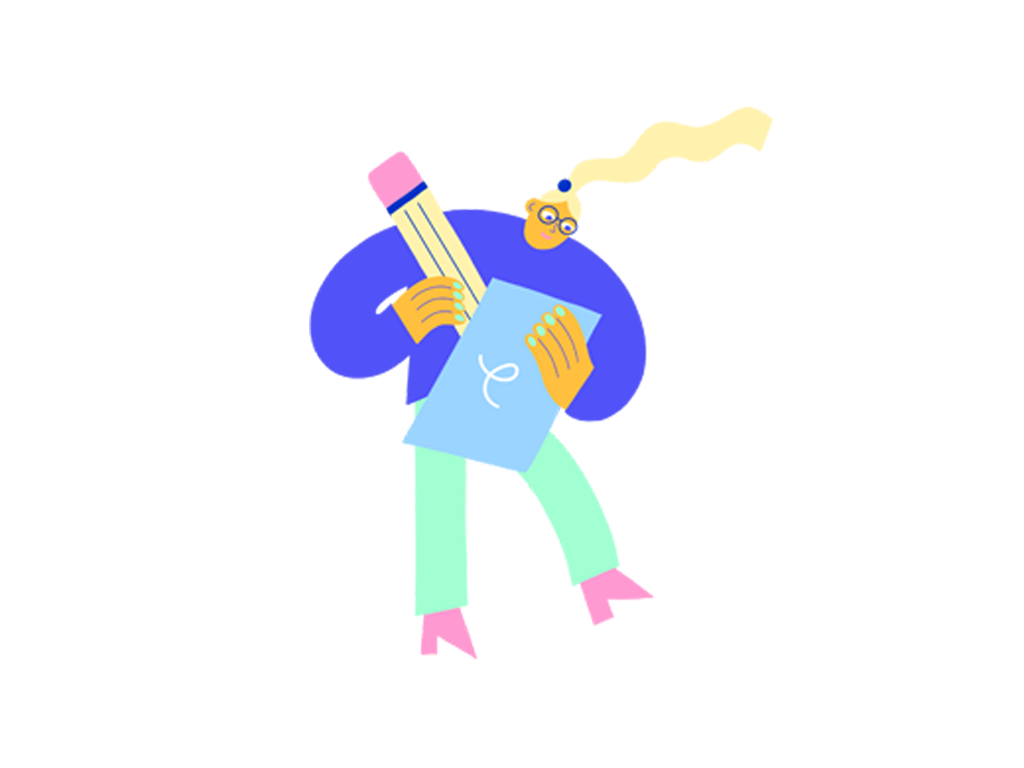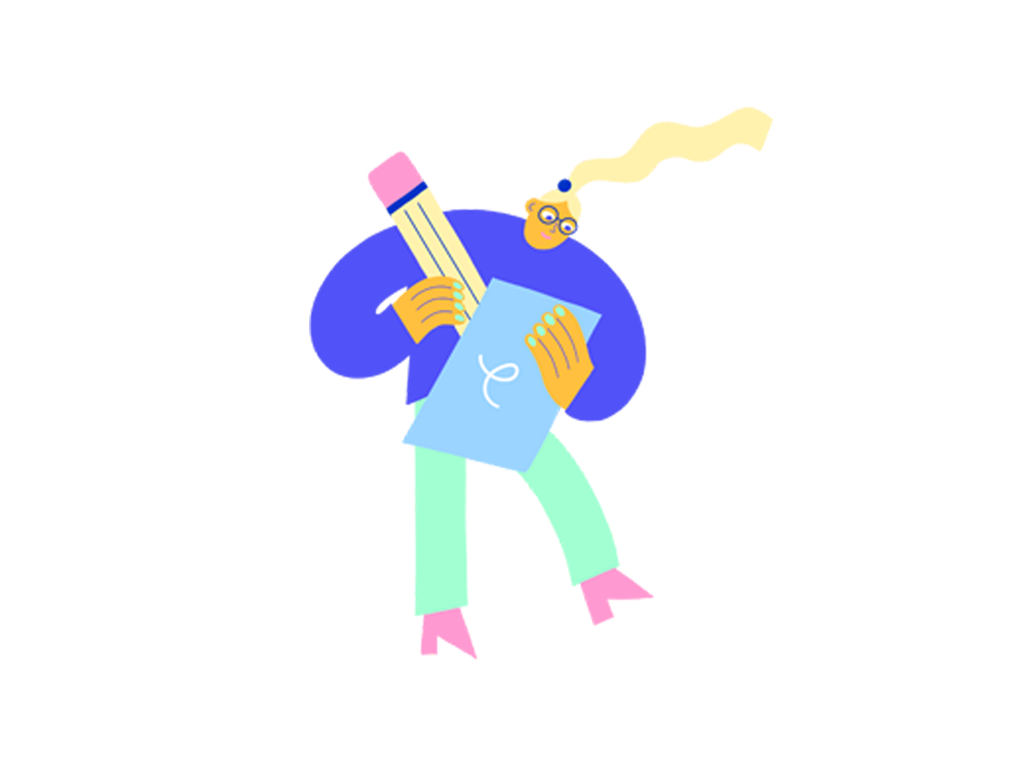The recent Runroom LAB event brought together experts in the field of product design to share their knowledge and experiences. Conversations among the speakers, Sarah Romero from eDreams ODIGEO, Cesare Tamagno from Holded, Sergi Castillo from Wallapop, and Jorge Valencia from Runroom, provided a deep and enriching insight into the role of the Product Designer in today's business world. Through their presentations, several key themes and fundamental learnings were highlighted, which are essential for understanding the dynamics of this role and its significance in product development.
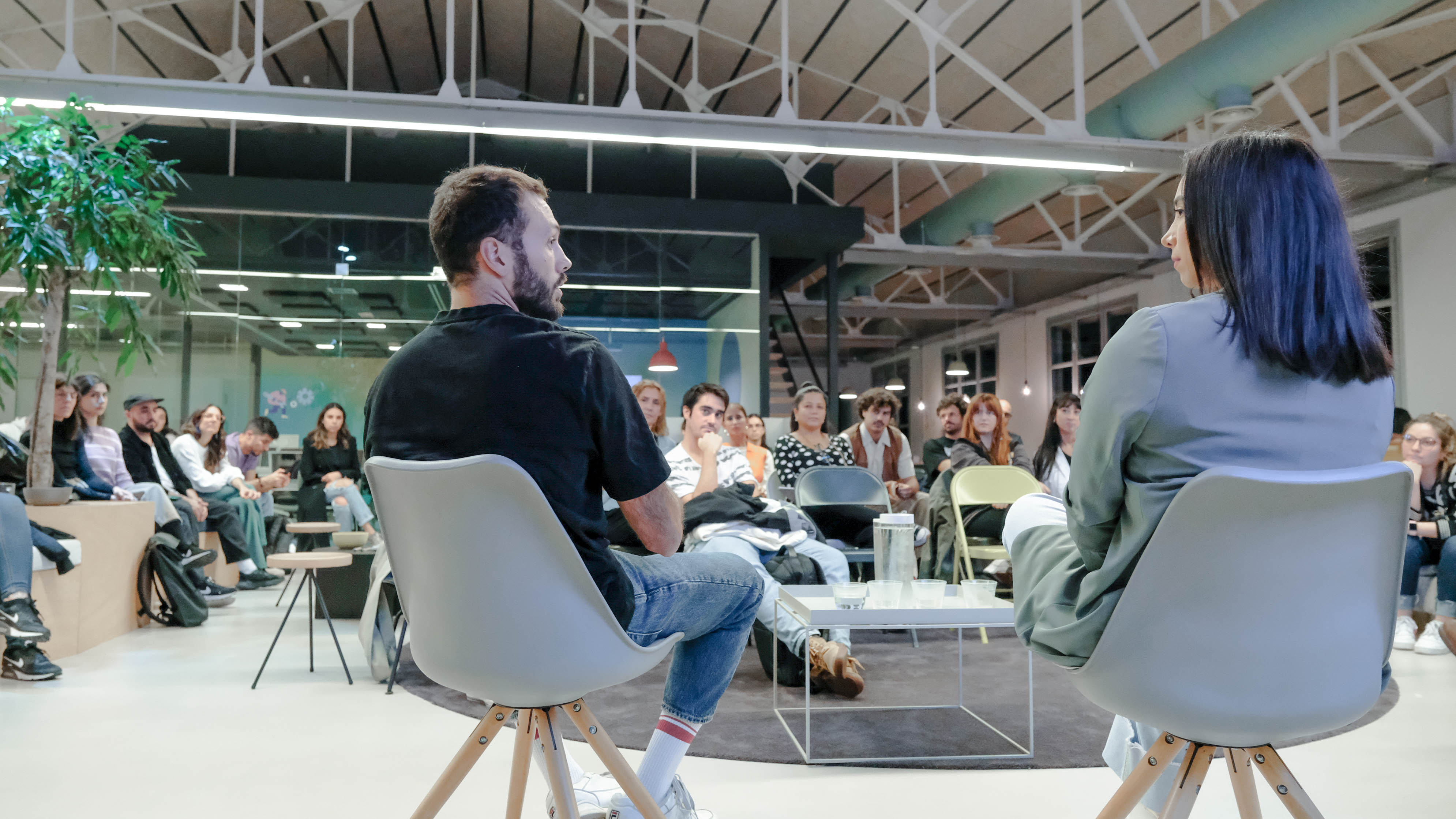
Below, we share the main takeaways:
Career Path of a Product Designer
The career path of a Product Designer can vary depending on their experience and acquired skills. Sarah Romero shared her transition from web design to research and the importance of encompassing a wide range of skills. Jorge Valencia emphasized that, in his experience, the role of a Product Designer has evolved to focus on understanding both the business and user needs. A Product Designer must balance this more strategic aspect, which relates to user and business needs, with the technical aspect, which involves visual skills and proficiency in design tools.
Most Used Tools for a Product Designer
The tools used may vary by company but generally fall into four main categories:
- Design: Figma for design, and Miro or FigJam for ideation.
- Communication: Slack or Teams for team connectivity, Figma Slides, Keynote, or Google Presentations or Docs for sharing information, Loom for asynchronous communication.
- Information repository: Notion or GDocs for storing information, Analytics, or other user data tools.
What is a Product Designer?
A Product Designer is an individual whose role can vary depending on the company and its context, but generally encompasses more than just designing the interface of a product. In general, the work of a Product Designer involves making decisions that impact the business. This means collaborating closely with Product Managers and engineers or developers to achieve an exceptional user experience.
At Runroom, the role of a Product Designer is broad and may encompass aspects such as research, tool usage, content design, and more. Although there are specialized roles, all Product Designers have the ability to autonomously advance with solid knowledge and seek help from specialists in specific areas when needed.
Relationship with Developers
The relationship between Product Designers and developers can vary from one company to another. Cesare Tomagno is convinced that the process flows more smoothly when technical contributors are integrated, which helps avoid delays in development. At eDreams, having solid data to support proposed ideas is crucial, and this is where the implementation of a "culture of challenge" in the company plays a vital role. This culture involves addressing all reservations and anticipating possible questions before presenting a new idea or functionality. Coordination and effective collaboration between Designers and developers are essential, especially in large organizations where design decisions can have a significant impact on various areas.
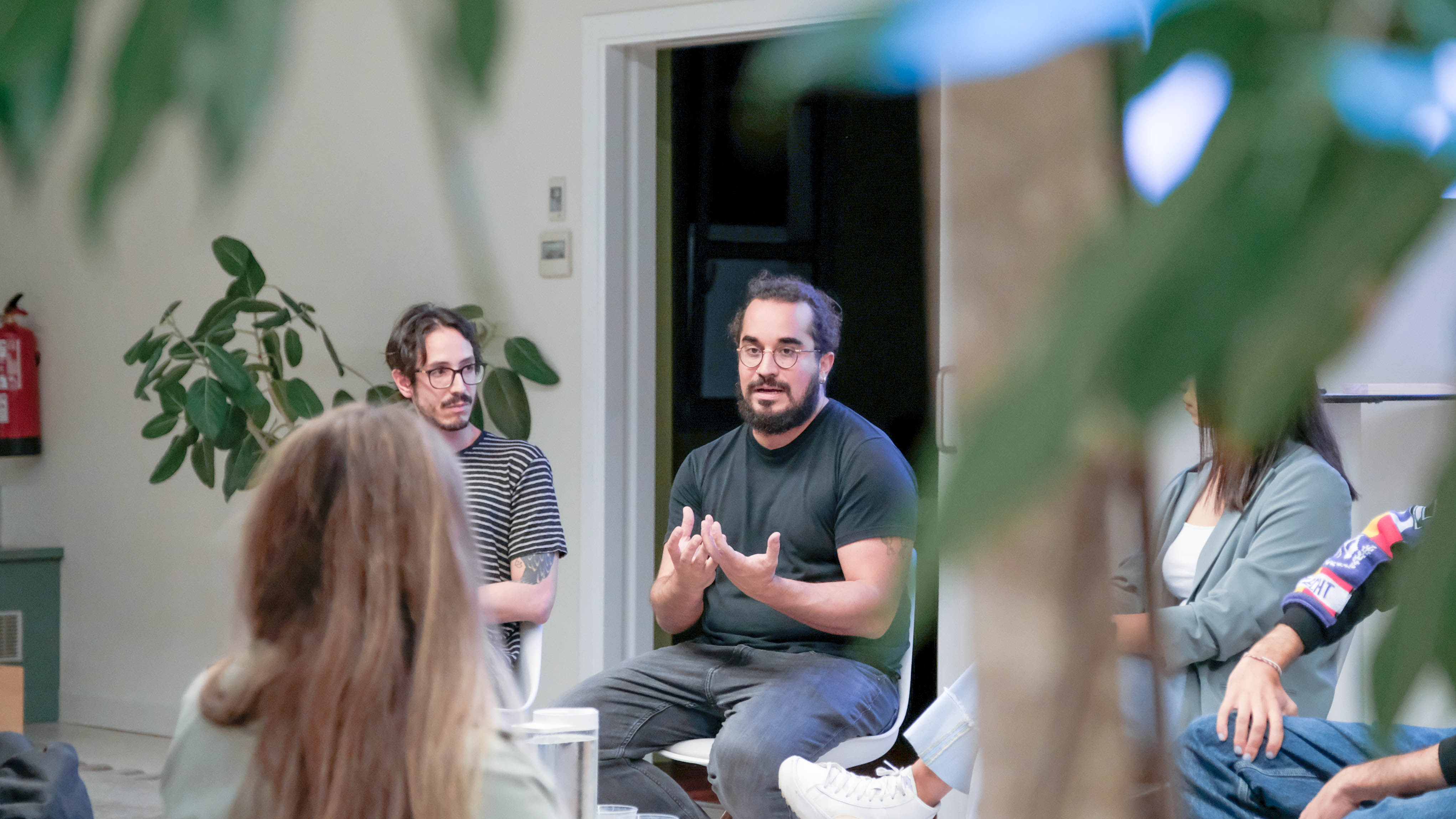
Design Culture
The maturity of a design culture can vary, as exemplified by Holded's transformation from a lack of a design culture to significantly improving the flow between idea and development by incorporating Designers and Product Owners into the process. On the other hand, eDreams has a robust and established design team with over 40 designers. This team has a significant impact on the user experience, but despite its size, there is still room for improving the design culture. This translates to the fact that being a designer in a large company sometimes involves advocating for and convincing others of the importance of design.
The Importance of Data and Storytelling
The significance of data in product design was also emphasized in the discussions. For instance, at Wallapop, designers initially started as visual executors of leadership instructions but later developed a Data department to validate their decisions with concrete information. Similarly, eDreams and Holded also rely on data to validate the impact their designs have on product users.
These data serve as evidence to support decisions to stakeholders. However, everyone agrees that it's not enough to just present graphs and numbers. Effectively conveying this information requires storytelling. Whether in product-oriented companies like eDreams or service-oriented ones like Runroom, storytelling is crucial. That's why they talk about real users and how their decisions impact the customer journey.
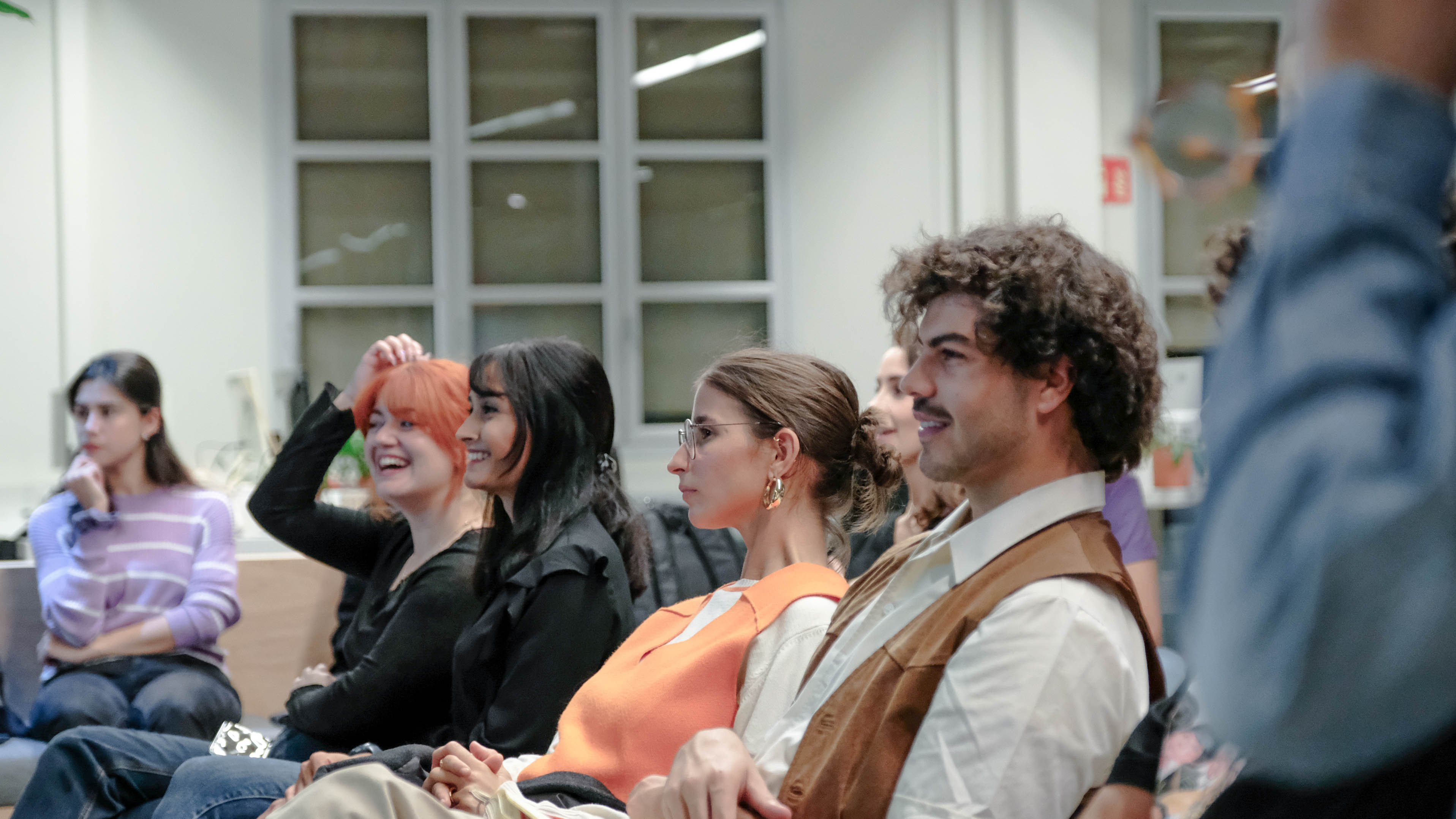
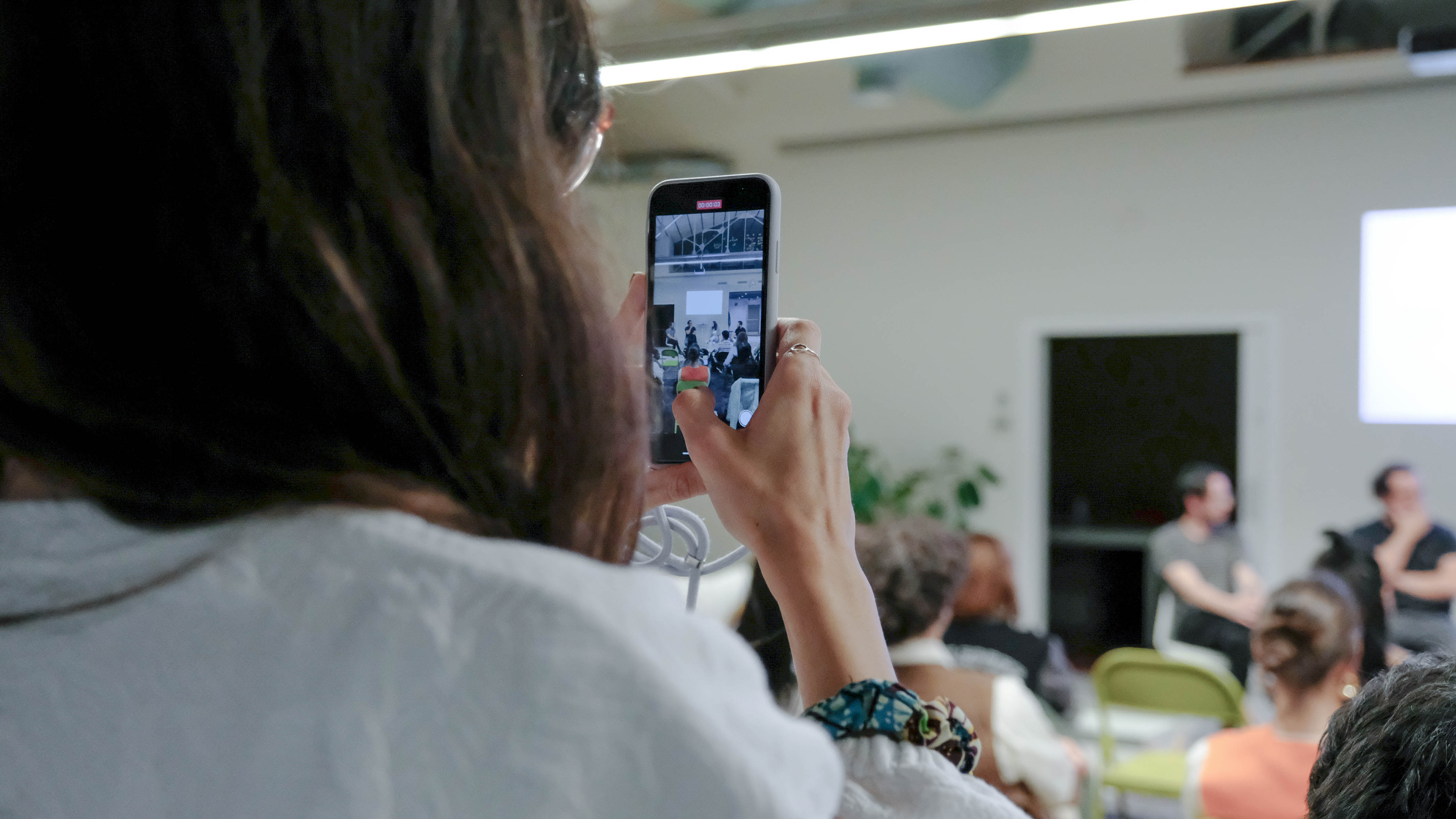
In summary, the Runroom LAB event provided an enriching insight into the role of a Product Designer. Ultimately, the job title is just a label; it matters little whether we call ourselves UX/UI Designers, Interaction Designers, or Product Designers. The essence of a digital product designer goes beyond any label. Obsession with titles can distract us from what truly matters, which is making an impact on users and the business.
Through the experiences and knowledge shared, it became clear that being a Product Designer entails much more than simply designing interfaces. It requires multidisciplinary skills, adaptability, and a deep understanding of both business and user needs to address challenges in digital product design and contribute significantly to the success of their companies.
